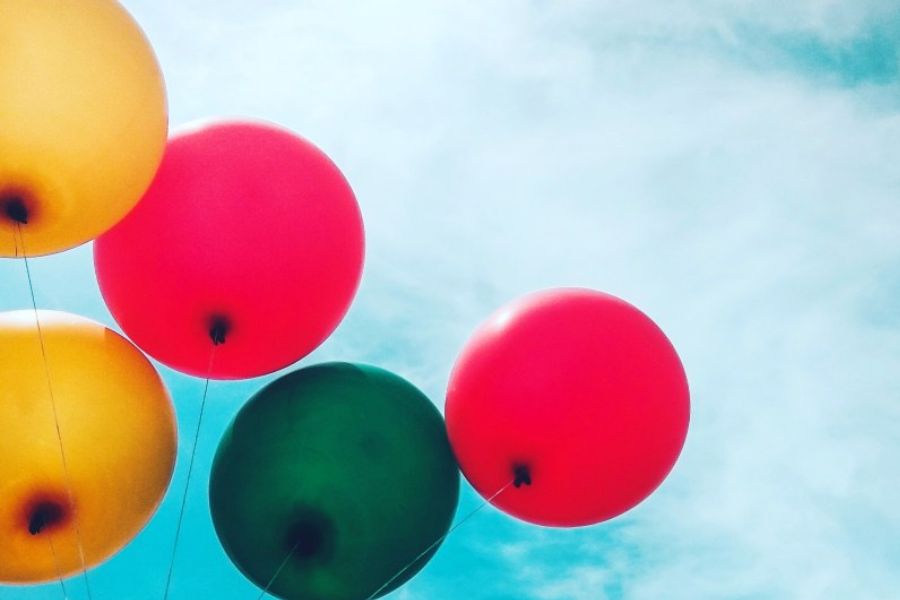Tesoma Lifecycle Block and a quest for communality
A new multigenerational Tesoma Lifecycle Block was constructed and opened in the suburb of Tesoma, Tampere, in 2020. The four houses in the block represent different types of housing, including rental and owner-occupied dwellings and right-of-occupancy housing. In addition, there is a care home for older individuals.
Tesoma Lifecycle Block was advertised as a housing solution that would “encourage communality”. The buildings and courtyard of the block have several shared facilities, such as a courtyard house, club rooms, a guest room, and saunas.
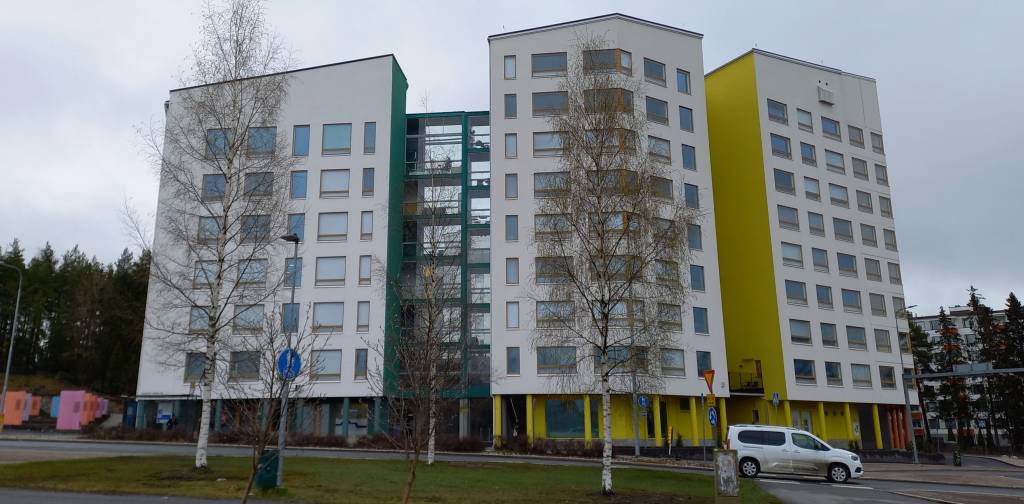
With the STUE Action Grant, we organized Kaarikarkelot community event in the Lifecycle Block to enhance communication and encounters between the residents, surrounding neighbourhood, various stakeholders, and the researchers at Tampere University.
The event worked as a kick-off and a background screening for our possible future field study in Tesoma. Our study will concern the possibilities and obstacles of communality in the suburbs and, more precisely, in the intermediate housing-with-care solutions of older people. The study will be conducted as part of the Space, Justice, and Everyday Democracy research project at Tampere University.
With the Kaarikarkelo event, we wanted to introduce our research to the residents and other local actors; to get different stakeholders and residents together to discuss the pros and cons of suburban planning, collective living, and multigenerational housing; and to give something to the community that we will possibly work with in the future. In addition, we wanted to get background information for our research on what communality looks like at Tesoma at the moment, especially for the older residents.
Kaarikarkelot community event
Kaarikarkelot was held on 26 August 2023 in the courtyard and yard house of Tesoma Lifecycle Block. The event was open to all and free of charge. We had announced the event on the notice boards and through the electronic communications of the houses, as well as on Facebook pages.
The concerts in the courtyard featured Uulu and the Ukulele Orchestra of Tuittula. People were also able to be part of writing a story with Joonas Ruokamo. A variety of yard games had been arranged in the yard, including Mölkky, Yatzy, and, at the request of the residents, a slap shot radar (lämäritutka).
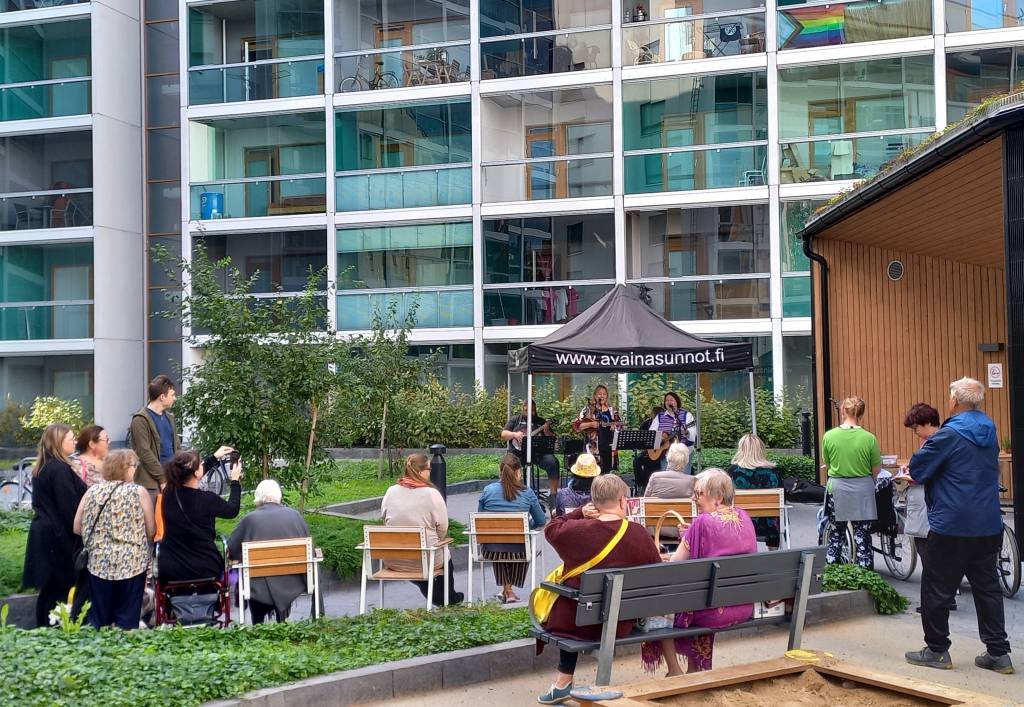
The Kaarikarkelot event included various workshops, such as Japanese Sashiko embroidery; a music instrument workshop on recycled materials; and chair dancing. In addition, bingo was arranged for the residents of the care home. In a small info market, there was recycling and digital advice, the introduction of the shared car OmaGo, and the presentations of Tampere University’s GreenerAge project and JUSTSPACES Research Network.
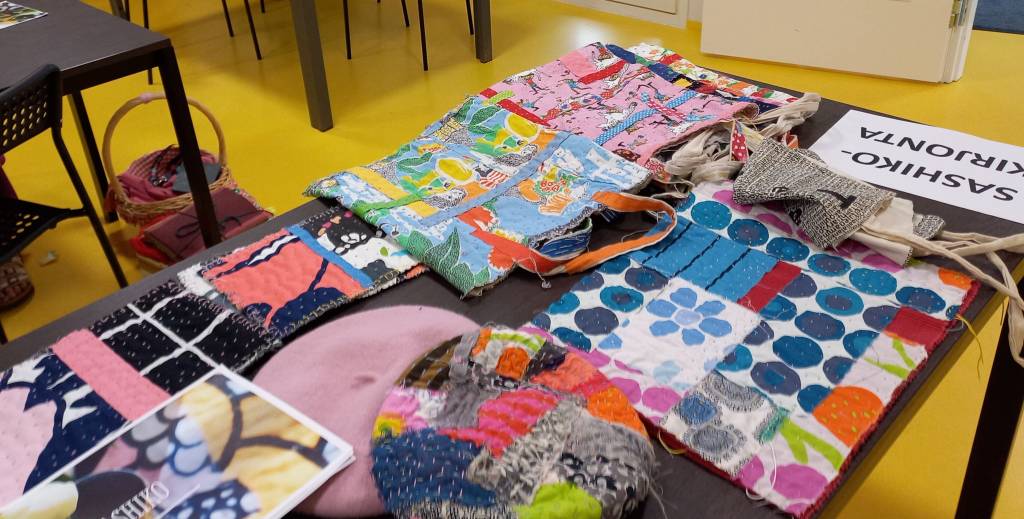
During the day, dozens of visitors arrived to Kaarikarkelot not only from the Lifecycle Block, but also from other parts of Tesoma and beyond. People also followed the program from their balconies.
Panel discussion on the communality of suburbs and housing
During Kaarikarkelot, a panel discussion was held on the communality of suburbs and housing. The speakers were Pekka Salmi, Deputy Mayor of the City of Tampere, Katja Maununaho, researcher and architect from Tampere University, Raija Kotilainen, NGO worker from Setlementti Tampere ry, and Asta Ikonen, a resident of the life-cycle block. We got a good overview of the community from the upper level of the city all the way to the everyday life of the resident.
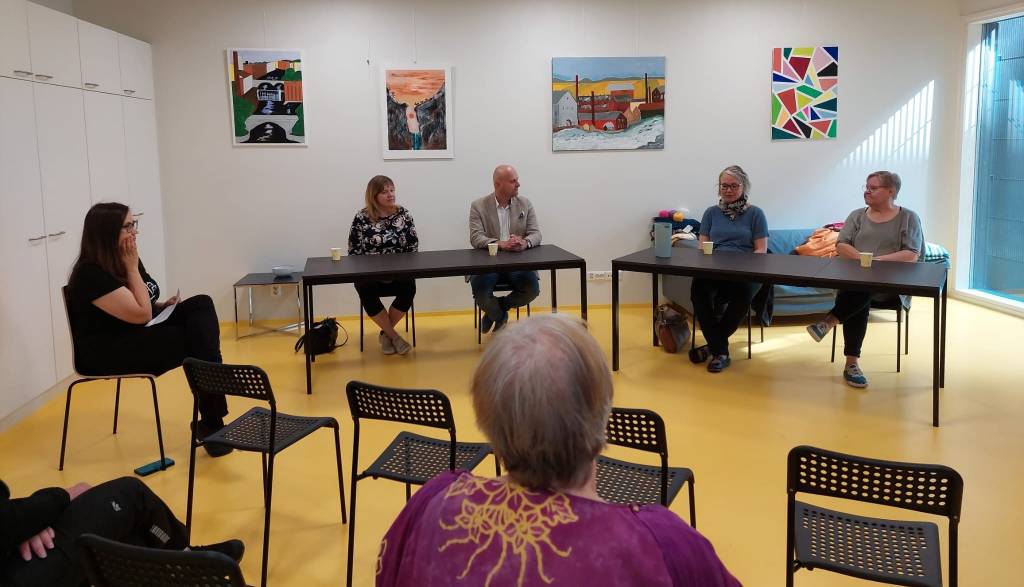
Panellists pointed out that, in general, the sense of community has largely disappeared or transformed in cities because people’s lives have changed and individualism has increased. Nowadays, there is more community and participation on the internet and social media, but also face-to-face encounters were longed for. In the future, communality is needed to tackle the problems of consumerism and individualism.
During the discussion, it was often repeated that common spaces are important but it is people who create the community spirit. Bureaucracy sometimes prevents organizing things together, but could the rules be more encouraging and less forbidding, or could the rules be even broken? For instance, in the case of Tesoma Lifecycle Block, only right-of-occupancy dwellings have a tenant committee, because that is prescribed by law. Why does it have to be only so? A co-operative body covering the entire block was hoped for, including representatives from different houses and other actors.
The city is changing, too, as the panellists pointed out. The population of Tesoma has grown, and the existing communal spaces of the close-by Tesoma welfare centre are becoming small. The City of Tampere was praised for promoting the participation of residents over the past ten years. However, participation does not reach everyone.
More co-operation was hoped for at the local level, and at the end of the panel discussion, some ideas were presented to organize some common programme during the upcoming Tesoma Day. In that sense, we are happy if Kaarikarkelot lead to new activities and local initiatives in the area.
A preliminary survey reveals neighbourly help in Tesoma
We also organized a preliminary survey in which we examined the residents’ views on the communality of the Lifecycle Block and Tesoma in general. The answers will help us to plan later research activities in the area.
All respondents (n=10) reported that they enjoyed living in the Lifecycle Block well or very well. There had been no problems with neighbours other than smoking in the yard, even though the block is a smoke-free area.
All the respondents answered that they greet their neighbours and most of the respondents knew more than 10 other residents from the block. Everyone had also helped their neighbours in one way or another. There had been many types of assistance, from pumping the rubber of a bicycle to cooking or giving a lift somewhere.
As proposals to promote community spirit, more co-operation was said to be needed between the different houses in the block. In addition, the respondents wished for more events, parties, music, and joint excursions.
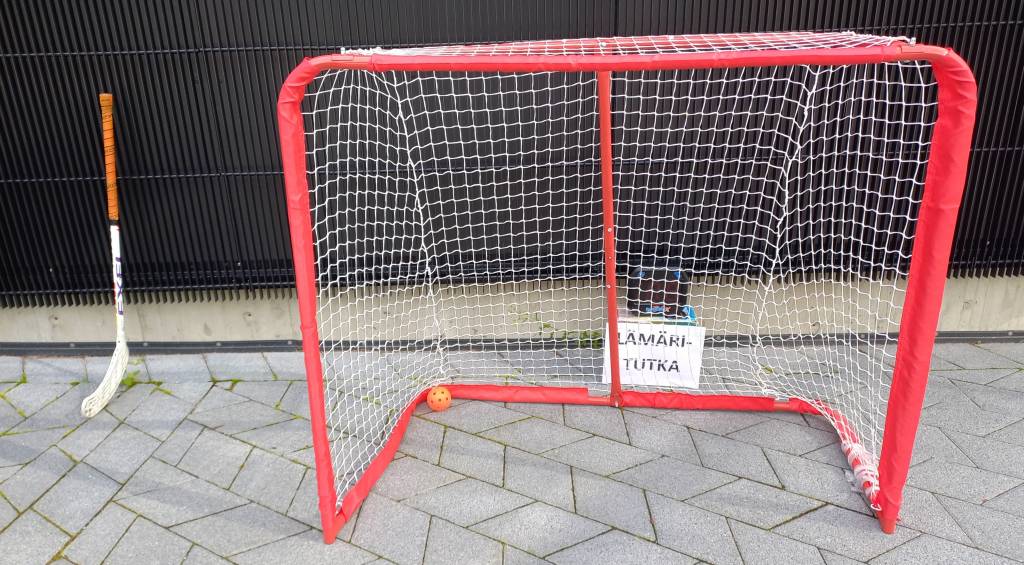
Based on the open-ended responses, the best things about Tesoma were good transport connections and nearby services. Occassional restlessness and the presence of substance abusers at the shopping center disturbed some.
When residents were asked to choose words that describe Tesoma best, the words that received most responses were “close to nature”, “liveliness” and “being close”. In terms of safety, the answers were divided so that some thought Tesoma is a safe neighbourhood and some thought not.
There is still much to be done and studied about communality in the suburbs
So did we find communality in Tesoma Lifecycle Block during Kaarikarkelot? The answer is both yes and no.
The atmosphere was warm and convivial among the residents, who were already quite active. But what about those who did not attend the event? How could they be reached, and do they even want to enhance communality in the Lifecycle Block?
As was reminded in one survey response, walls do not make for a sense of community. There is a need for both informal and formal joint activities between the residents. Residents wished for more events in the block, but we were delighted that, according to the survey, residents also helped each other when needed.
What is the role of the care home of the Lifecycle Block in all of this? Older individuals who live in the care home only participated in the program when the nurses brought them in. Otherwise, their yard is restricted from the rest of the block by a fence, presumably for safety reasons.
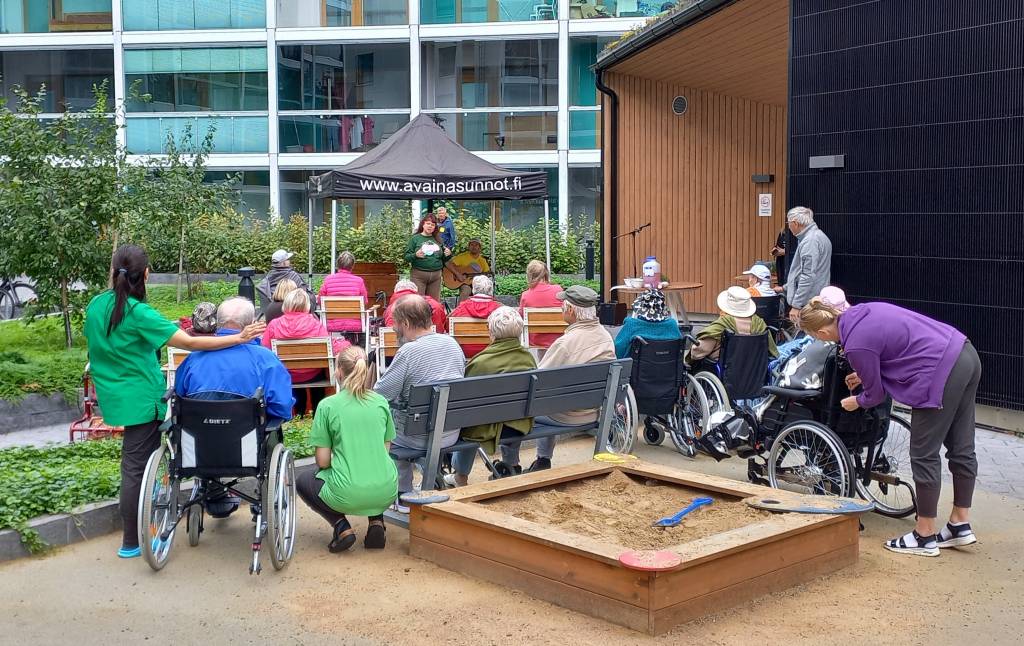
Organizing Kaarikarkelot took a lot of our attention, and we did not have time to talk with the residents as much as we wanted to. Nevertheless, this was still a fantastic opportunity for us to get to know the area and some residents of the block and hear how things are done there. In addition, the panel discussion, survey, and all brief encounters with the participants showed us that although the shared facilities are fine, there is still room for improvement in the community spirit of the Lifecycle Block.
For us as researchers, all of this means that the topic is worth further study.
Text: Virve Repo & Riina Lundman


